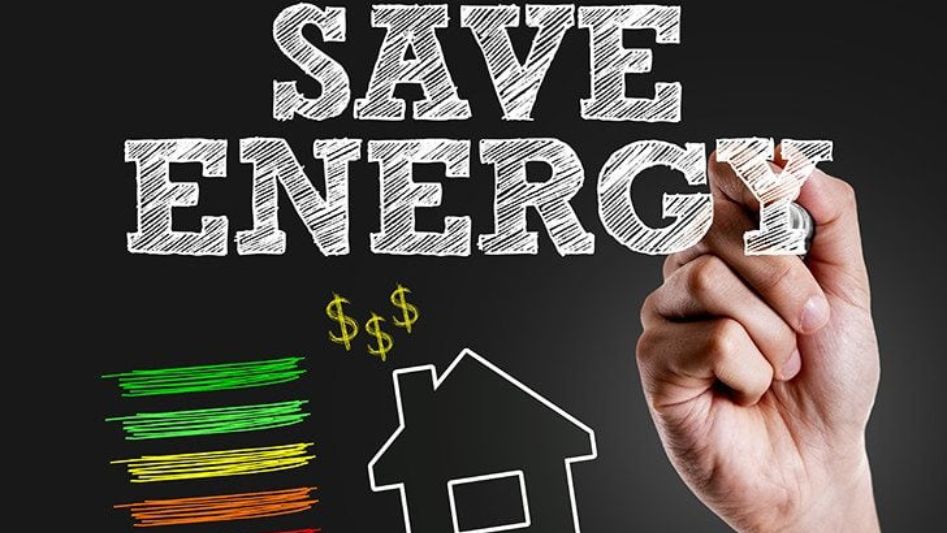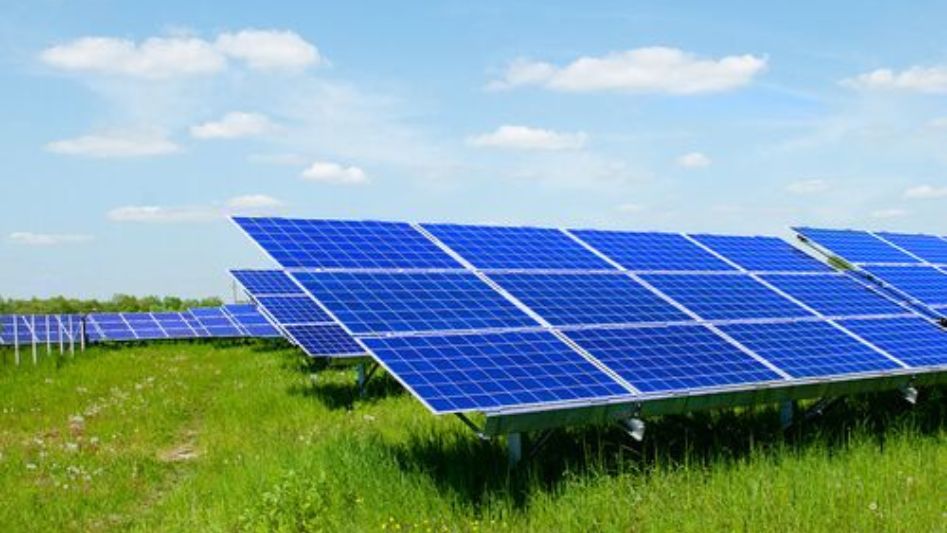If you are involved in acquiring or investing in wind energy projects, it is crucial for you to estimate the Annual Energy Output (AEO) in your business case.
Table Of Content
- Introduction
- Output varies almost with the cube of the wind speed
- The Capacity Factor
- The Capacity Factor Paradox
- Conclusion
- FAQ
- You May Also Like
- External Links
We invite you to read: “What Are The Best Solar Panels If You Don’t Have Roof Space”

We can now determine how yearly energy production from a wind turbine relates to average wind speeds. The graph on the right was created by inputting data into the power calculator from the previous page and then plotting the results against the power curve for the default example, a 600 kW wind turbine. In this case, we used a typical atmosphere with a density of 1.225 kg/m3.
Annual energy production was determined for various average wind speeds at the turbine hub height for each of the three Weibull parameters (1.5, 2.0, and 2.5).
The graph shows that at a low average wind speed of 4.5 m/s, output may vary by as much as 50% depending on the shape parameter, while at a very high average wind speed of 10 m/s, output can vary by about 30%.
Output varies almost with the cube of the wind speed
Now, let’s take a look at the red curve with k = 2, which is the one often shown by manufacturers:
If the average wind speed at hub height is 4.5 m/s, then the machine will produce roughly 0.5 GWh, or 500,000 kWh, per year. At 9 meters per second of average wind speed, it can produce 2,400,000 kWh annually. As a result, the energy production has multiplied by 4.8 when the average wind speed has been doubled.
Almost exactly four times as much power would have been generated if we had compared speeds of 5 and 10 meters per second instead.
Since the efficiency of a wind turbine fluctuates with wind speeds (as defined by the power curve), we do not always get the same results (which is to say, we never get the same as in the other scenario). The above result is subject to the same uncertainty as the power curve.
In temperate areas, for instance, the wind is often stronger in the winter than in the summer and stronger during the day than at night, so you may want to adjust your estimates accordingly.
We invite you to read: “Wind-Powered Cargo Ships: How Do They Work?”
The Capacity Factor
The capacity factor of a wind turbine at a given site is another metric by which its yearly energy production may be expressed. When we talk about a machine’s “capacity factor,” we’re referring to the ratio between its actual yearly energy production and its theoretical maximum output, supposing that it ran at its rated (maximum) power for all 8766 hours of the year.
Take the case of a 600 kW turbine that generates 1.5 MWH annually; the capacity factor would be = 1500000: (365.25 * 24 * 600) = 1500000; 5259600 = 0.285 = 28.5 percent.
Although capacity factors might theoretically range from 0% to 100%, in reality they are more likely to be in the 20%–70% range, with the majority falling in the 25%–30% area.
The Capacity Factor Paradox
Possessing a high capacity factor is usually seen as an asset; however, it may not always be cost-effective. People used to nuclear or conventional technologies sometimes misunderstand this.
For instance, using a bigger generator with the same rotor diameter might be beneficial in a particularly windy region (or a smaller rotor diameter for a given generator size). As you can see using the power calculator on this site, this would likely result in a lower capacity factor (using less of the capacity of a comparably bigger generator) but may imply a much higher yearly output.
Consider wind conditions and the cost of various turbine types to determine whether opting for a lower capacity factor with a comparably bigger generator is reasonable.
Another way of looking at the capacity factor conundrum is to argue that there is a trade-off between a steady power output (around the generator’s design limit) and a high energy output (which will vary) with a low capacity factor.
Conclusion
Thus, in summary, extreme caution must be used when comparing and assessing the performance of different wind farms. Use production-based availability to provide a fair comparison of performance in terms of energy losses. Use time-based availability to evaluate performance in terms of downtime. Use the levelized cost of electricity to evaluate performance as a whole. Lastly, be wary of making direct comparisons of capacity factors and make sure you understand the difference between nameplate capacity and capacity factor.
We invite you to read: “Can A Small Wind Turbine Power A House?”
FAQ
How does one determine the yearly energy output?
The MAEP is the sum of the products of the average yearly occurrence of various sea conditions and their power capture. At the moment, time-domain models, spectral-domain models, and system identification models are the most applicable numerical models for calculating the MAEP.
How much power does a wind turbine generate?
According to the United States Department of Energy’s Land-Based Wind Market Report for 2021, a typical wind turbine can produce about 843,000 kWh per month, which is enough to power more than 940 typical houses in the United States.
How does the power produced by a wind turbine become quantified?
We use millijoules, or one-thousandth of a joule, as our unit of measurement for energy production. You can figure out how much power your turbine generates if you monitor the voltage across the resistor at regular 5-second intervals and log the results.
You May Also Like
- How Large Is This Hybrid Solar & Wind Energy Facility In Europe?
- Small Wind Turbines How Do They Work: This Is What Professionals Do
- How Fast Does A Wind Turbine Spin
- Everything You Wanted to Know About WIND ENERGY: PROS AND CONS
- Small Wind Turbines How Do They Work: This Is What Professionals Do



